In Photos: WWII-Era Shipwrecks Illegally Plundered in Java Sea
Disturbing history
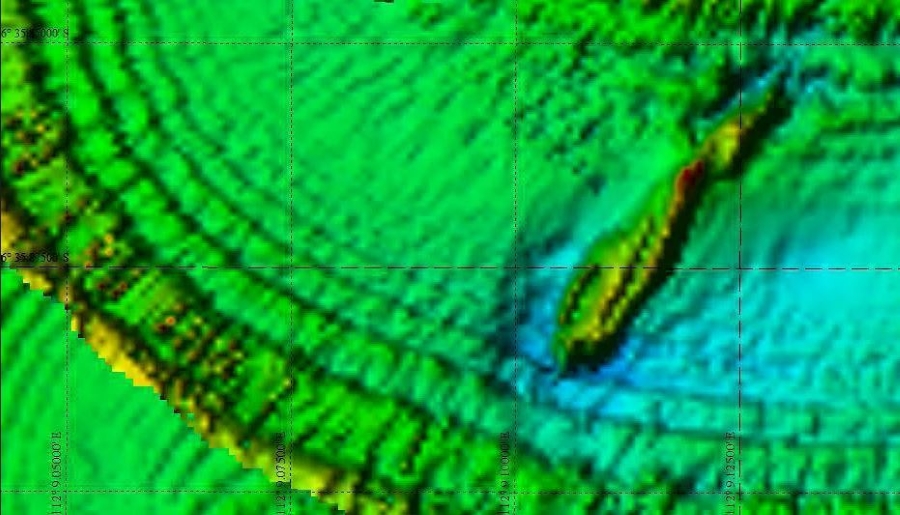
Historic World War II-era shipwrecks in the Java Sea, near Indonesia, are being plundered for scrap metal by illegal salvage operators, according to an underwater survey expedition that explored the region early this month.
The expedition found that several Allied warships that were sunk in combat with Japanese forces in 1942 are now entirely missing or have been badly damaged, likely by people illegally scavenging for metal.
This 3D sonar scan image taken by the expedition shows the location of the wreck of a British destroyer, HMS Electra, which sank in the Battle of the Java Sea in February 1942. Only part of the shipwreck remains. [Read full story about the plundered WWII-era shipwrecks]
USS Perch
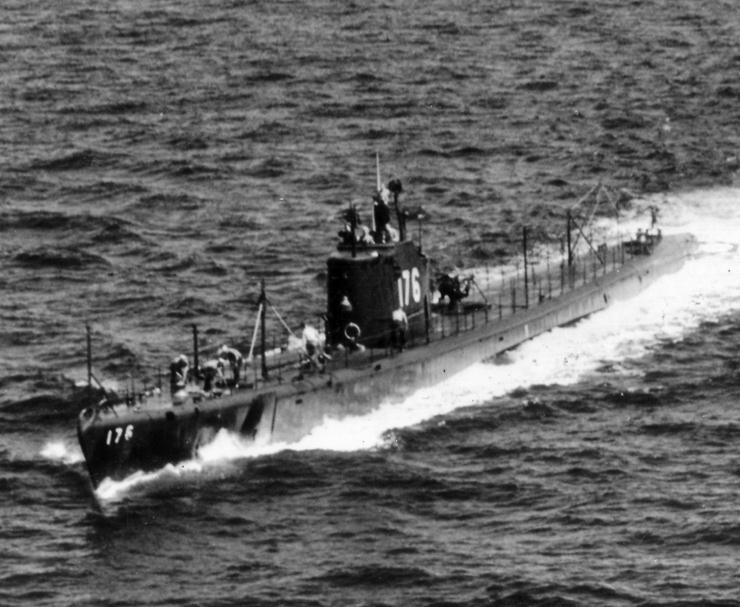
The wreck of the USS Perch (SS-176) is one of several wartime wrecks that has fallen prey to metal scavengers in recent years.
The American submarine was scuttled in the Java Sea in March 1942 after being damaged during an attack on Japanese destroyers. All its crew were taken as prisoners-of-war by Japanese vessels before it sank.
The submarine wreck was found by divers in 2007, but the latest expedition to the Java Sea early this month found it has "completely disappeared," according to the expedition report. [Read full story about the plundered WWII-era shipwrecks]
HMS Exeter
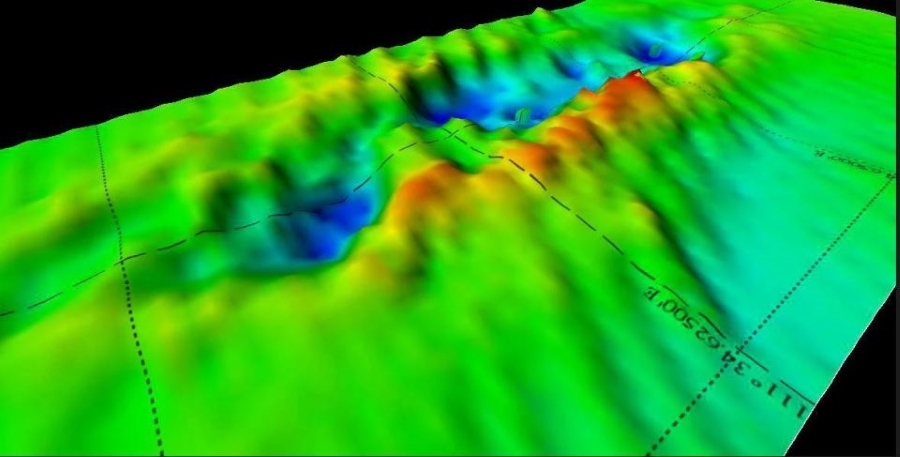
The Java Sea expedition also explored the wreck site of the British heavy cruiser HMS Exeter, one of five Allied warships sunk during the Second Battle of the Java Sea in March 1942.
Get the world’s most fascinating discoveries delivered straight to your inbox.
The expedition reported that the wreck of the Exeter has now almost entirely disappeared, and little more than a hole in the seafloor remains where it once lay.
Returning to port
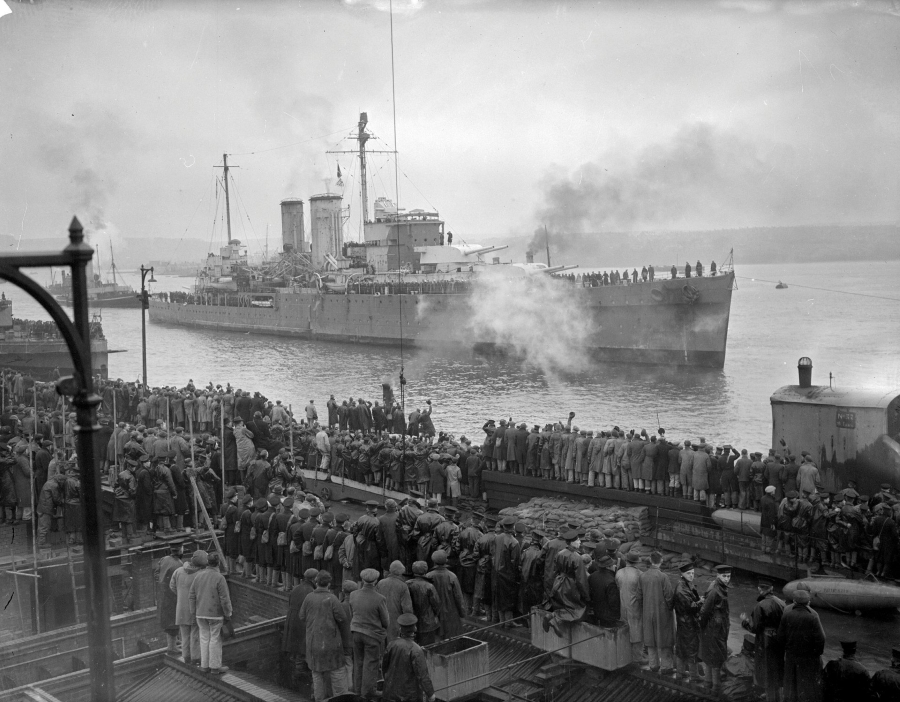
HMS Exeter was one of three Allied warships that sank the powerful German battleship Graf Spee at the Battle of the River Plate, off the Atlantic coast of South America in December 1939 – the first naval battle of World War II.
This image shows the Exeter returning to its base in Devonport in the United Kingdom in February 1940, a few weeks after the battle.
Damaged in battle
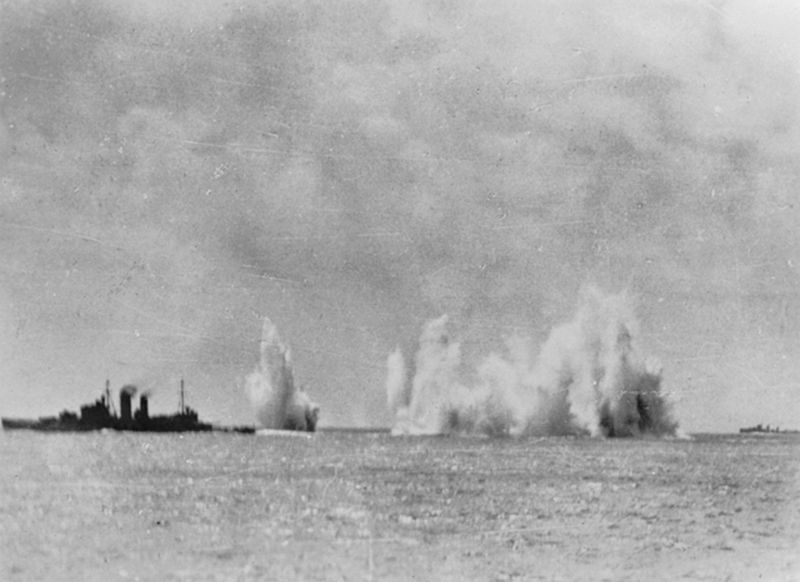
In early 1942, HMS Exeter and other Allied warships were assigned to defend the Dutch East Indies (now Indonesia) from invasion by Japanese forces.
The Exeter was badly damaged by shell fire from the Japanese cruiser Haguro in the first Battle of the Java Sea on Feb. 27, 1942, but it survived to fight in the Second Battle of the Java Sea a few days later, on March 1, 1942, when it sank after being hit by Japanese torpedoes.
The Exeter was almost intact when the wreck was rediscovered in 2007, but now it has been almost completely scavenged for scrap metal, according to the expedition report.
HNLMS De Ruyter
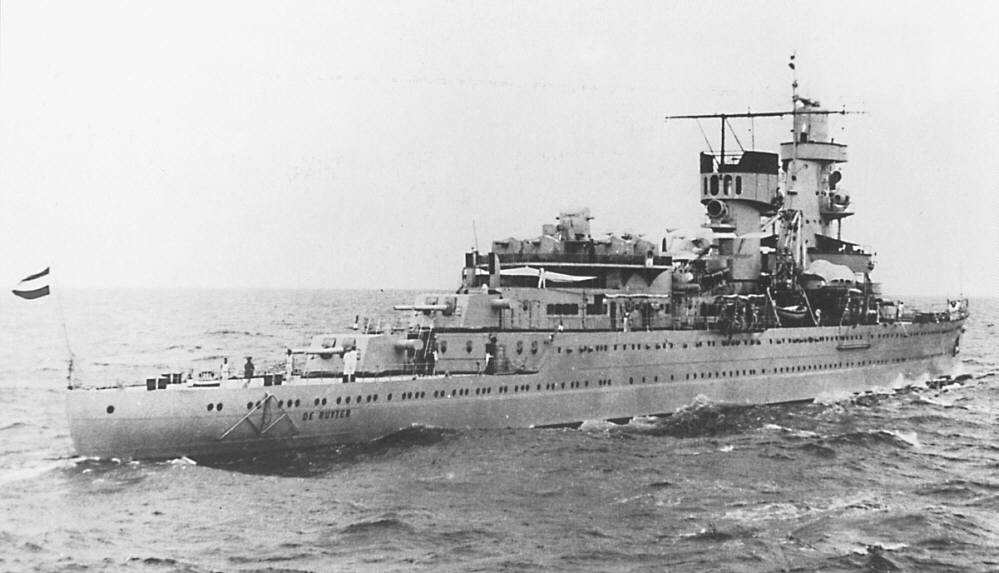
The recent expedition to survey the wartime Java Sea shipwrecks was sponsored by the Karel Doorman Fund, a Dutch naval memorial society.
The wrecks of three Dutch warships that fought in two Battles of the Java Sea were rediscovered in 2002. They included the wreck of the cruiser HNLMS De Ruyter, pictured here, which was assigned as the flagship of Rear-Admiral Karel Doorman for the Java Sea battles.
HNMLS Java
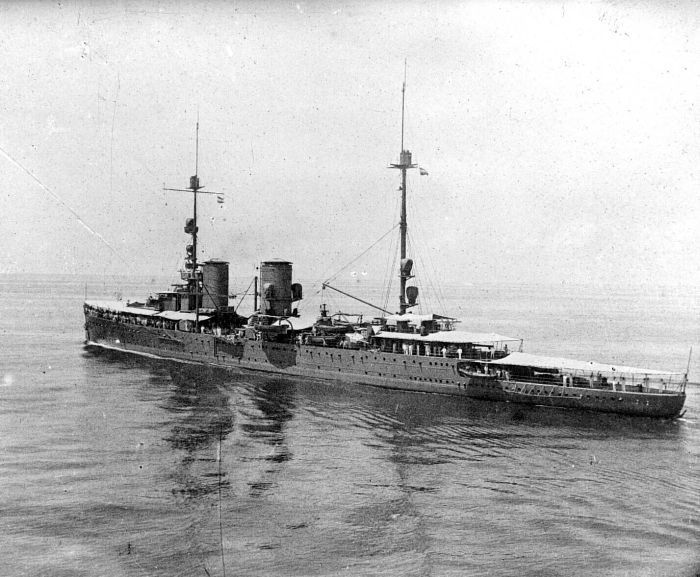
The Dutch war wrecks rediscovered in the Java Sea in 2002 also included the cruiser HNMLS Java, pictured here, and the destroyer HNLMS Kortenaer.
The Dutch ships were among 14 Allied warships that took part in the First Battle of the Java Sea on Feb. 27, 1942, against a Japanese invasion fleet of more than 18 warships.
Under attack
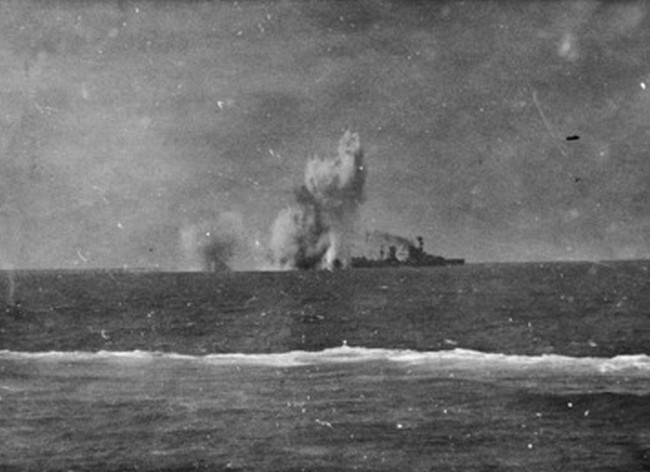
The Karel Doorman Fund expedition had planned to capture video footage of the Dutch war wrecks in preparation for next year's 75th anniversary commemorations of the Battles of the Java Sea.
But, the expedition reported that the De Ruyter and Java wrecks now seem to be completely missing from the seafloor, and a large piece of the Kortenaer is also missing.
This photograph shows the Java under fire from Japanese aircraft a few weeks before it was sunk at the First Battle of the Java Sea.
USS Houston
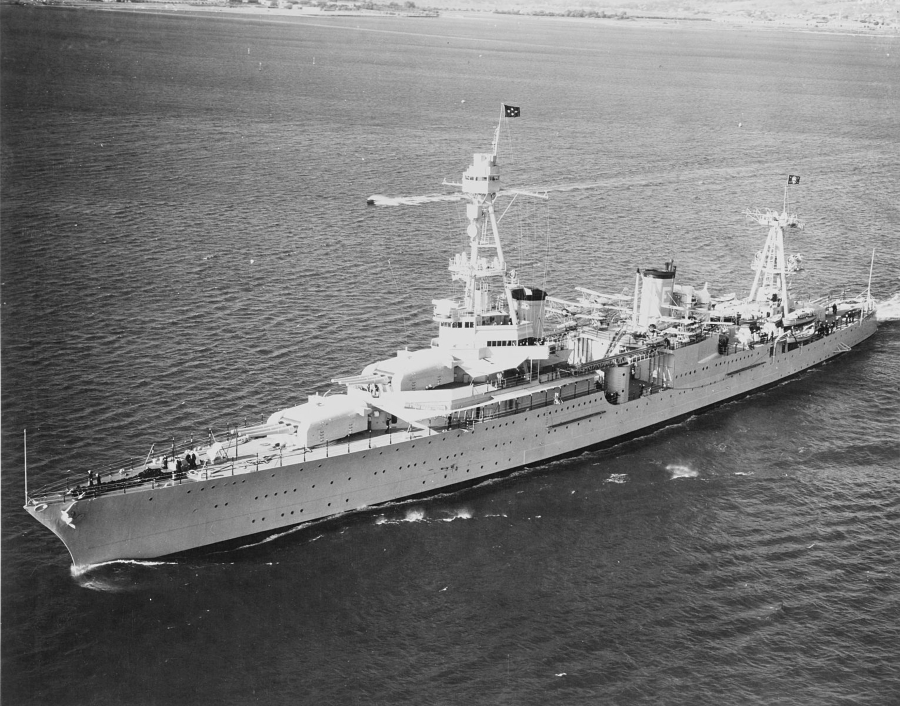
Under international agreements, naval ships remain the property of their home navies even after they sink, and it is illegal to salvage anything from them without permission.
But investigators say high metal prices and a lack of effective protection for war wrecks in many parts of the world in recent years have resulted in extensive damage to many wrecks by illegal salvage operators.
Among them is the wreck of the American cruiser USS Houston, shown here, which sank in combat with Japanese warships in 1942 at the Battle of the Sunda Strait, southwest of the Java Sea, with around 650 sailors and marines on board.
The U.S. Navy reported last year that the Houston wreck has also suffered "unauthorized disturbance of the grave site." [Read full story about the plundered WWII-era shipwrecks]
Tom Metcalfe is a freelance journalist and regular Live Science contributor who is based in London in the United Kingdom. Tom writes mainly about science, space, archaeology, the Earth and the oceans. He has also written for the BBC, NBC News, National Geographic, Scientific American, Air & Space, and many others.


